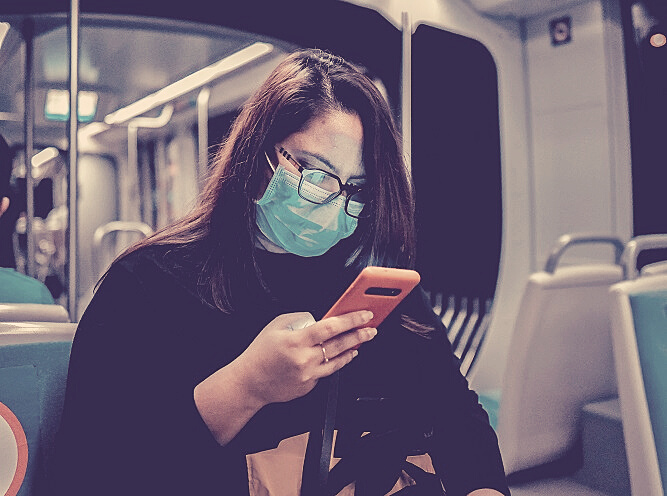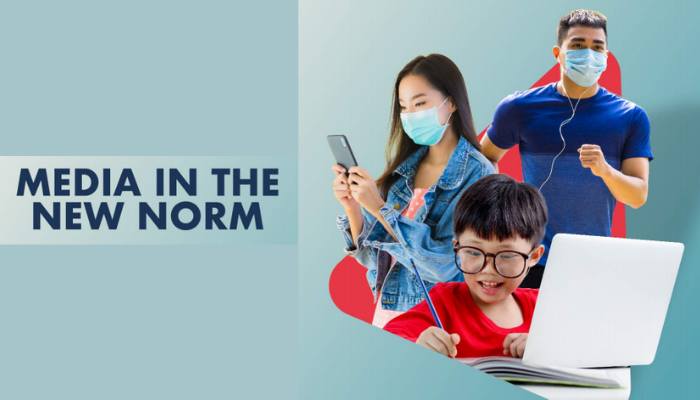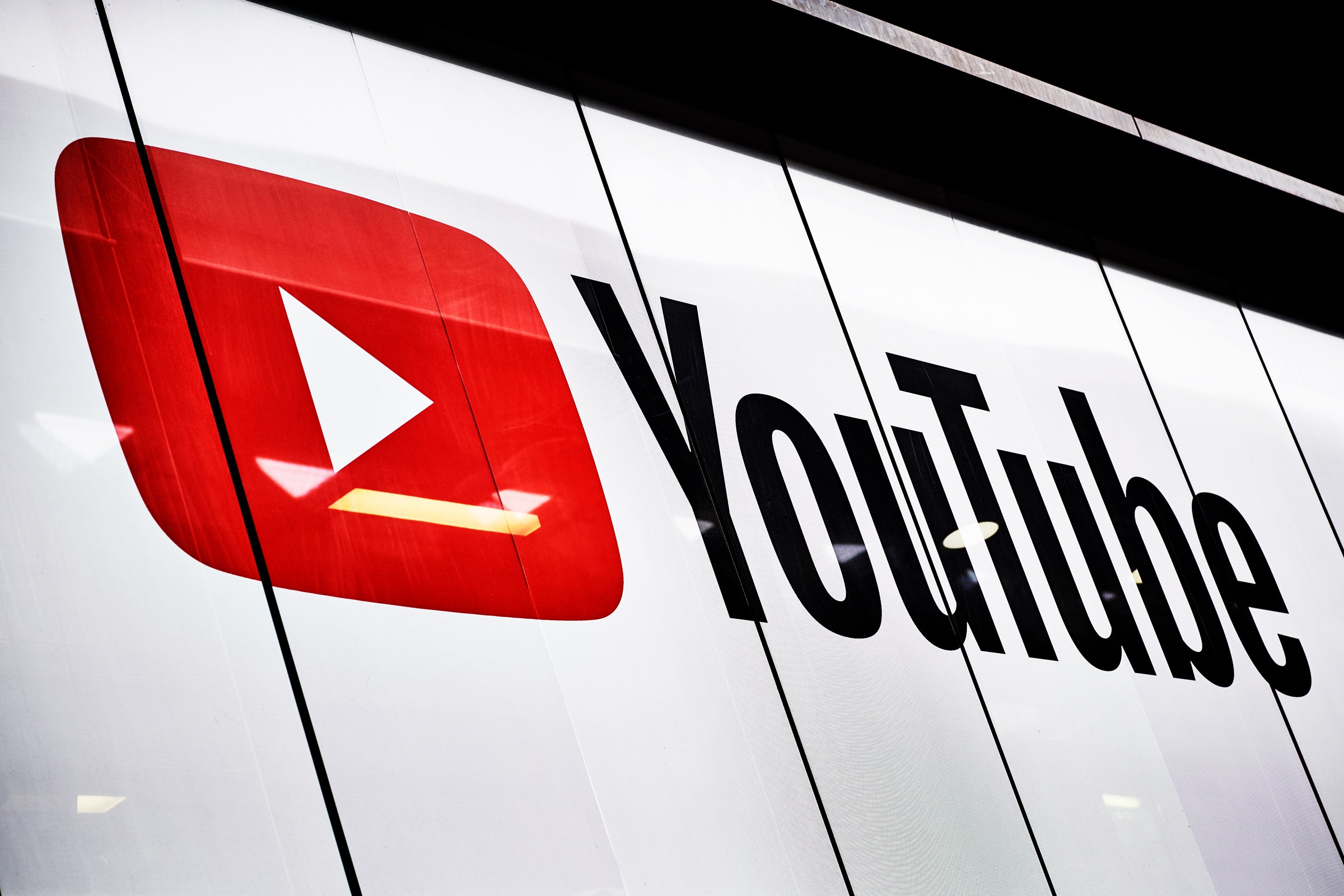The emergence of the coronavirus facilitated a massive pivot in both the business and the communications landscape. Much of what we knew was discarded, with new paradigms and thought processes rushed into place.
Brands have been blindsided
Rushed policy announcements and u-turns meant that ‘business as usual’ communications plans were flung out the window.
Many have turned to what we call ‘sympathy mode’, which are those irritating messages which start something like ‘Due to the pandemic’, as their key driver – forgetting that they need to take a ‘business as usual’ approach to communications and focus on their brand and the positives it can still contribute. We’ve seen an increasing number of brands even in the start of 2021 go back into these old ways again, ultimately degrading their brand perception.
Communication has gone increasingly online
As traditional print publications fail to retain or reach pre-pandemic numbers, online becomes the relevant pivot for them. The work-from-home (WFH) phenomena created less traveling time, which can equate to more screen time – thus, the chance to be a message recipient.
We are simply now consuming more online content. Not only that, we are consuming it through an increasing number of platforms where all are not credible and reliable at that.
New demographics are entering the landscape
Not so much the kids – but the older members of society who were forced online to do day-to-day activities because of the first lockdown – have become sustained users of platforms and are now a significant demographic for marketers to consider when developing their communications plans.
This means: more platforms, more audience, and more content, and also – more clutter – for your brand to try and differentiate themselves from.
“Due to the MCO…” simply doesn’t cut it, nor does traditional passive content. Shared experience and solutions for the shared experience stands out more – create a place in people’s lives, something they can personally relate to, in order to be seen in a stronger position.
Communications is a 24/7/365 industry – don’t ever let someone tell you it’s not
An active online presence is the very minimum to keep going, even if your brand store is shut – there are many ways to solve customer’s products. If you can’t do it physically via a shop, and you’re not sustaining communication online, you might as well close the doors permanently.
Some did give up though. That was wrong. Sustained communication is essential for brands. Your competitors are still communicating; and you don’t want to lose out. If you’re not active, you will be forgotten, and your loyal publics will go to your competitors.
Regular communication helps SMEs, especially the struggling ones
It keeps stakeholders in the loop. For some stakeholders, brands (and their communication) are a beacon of hope – so at the very least, by attempting to keep communication programs open, your brand could be inspiring or motivating others. This is a time to help your communities, not to put your head in the sand.
But, be strategic about it. The biggest ‘no-no’ is reminding people of the absolute predicament we are in. Using the C-word, reiterating lockdowns and pandemic advice – all bad. Early days it was considered ‘education’, but it’s pretty much been a year now, and education is not required.
The most important job for a brand is to let their publics know that they are there, they have solutions (i.e. products and services the customer needs), and that they have mechanisms to get these to their customer.
The sympathy vote is no longer viable and infuriates increasing numbers of people
Focus on forgetting the past and the blow the pandemic had on peoples’ lives and businesses, rather, work on solutions and support for your customers to access your brand easily and conveniently given current parameters.
Don’t drop the communication link just because you’re in crisis mode – now is the time brands should be enhancing their communication.
Alter your voice to be heard
Folks from public relations always advise to resonate with your customers; tell personal stories, show relationship to their everyday lives. Still do this, but adjust the narrative to suit the times – what is our ‘shared community experience’ today, and how can we engage with that?
It needs to be more sincere. That personal connection is now paramount. It needs less of the chest-puffing and the halo-polishing; we don’t care for that narrative anymore, and it won’t buy you any new fans. Don’t show off – harder times mean those boasting are seen in a more negative light, brands included.
As for that all-important internal communication, ensure it is open and honest. As simple as that. Keep everyone on the same page, and give as much heads-up as possible. Tomorrow is uncertain, both internally and externally, but doing our best to communicate with teams ensures that there is a buffer on surprises, and also showcases your commitment (or not) to them.
This is a crisis like no other
In reality, there are two crises. One, the pandemic. A public health crisis which is causing additional stress on entire societies. Two, a potential crisis with your brand. Not a crisis about your brand (unless you’ve done something terrible to contaminate people), but a crisis in your brands’ economic viability.
Your response needs to be about how you can still connect to your customers and make their lives easier during trying times.
You don’t need a CEO going on record to talk about their challenges (pity publishing is so 2020); you simply need to ensure you communicate what you can currently do, and how you can connect with and deliver to customers. Nothing more, nothing less.
As for the role of the agency, the industry itself has gone very WFH. The industry has taken on different roles with clients. Communications professionals are both strategists and business continuity advisors. You have gone from communications (and pretty predictable outcomes) to visionaries (more-so than before), and have gone from client-agency relationship to partners. You are more involved in brands, and you are a bigger part of their decision-making.
But nothing is set in stone. Pre-pandemic normality might hit tomorrow, and the rules of the game may change yet again overnight. Staying abreast of changes, public sentiment, and available technologies will help. But remember, you don’t exist if you can’t be heard – so keep that communication going!

Orchan is a communications agency based in Malaysia that provides organizations and brands PR, crisis management, and internal communications.







